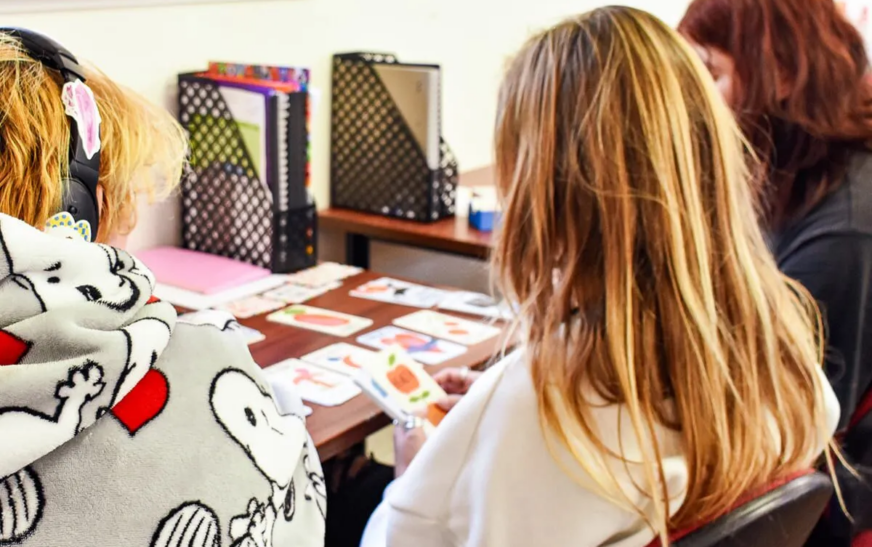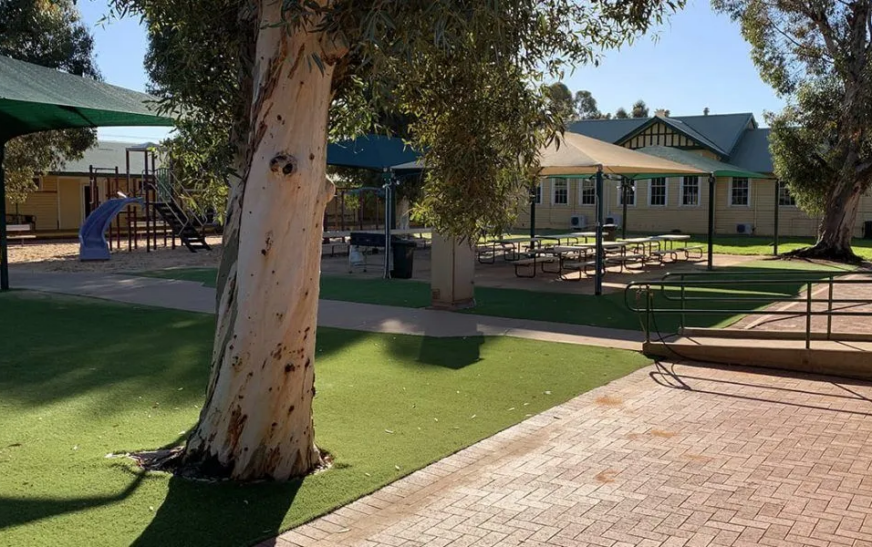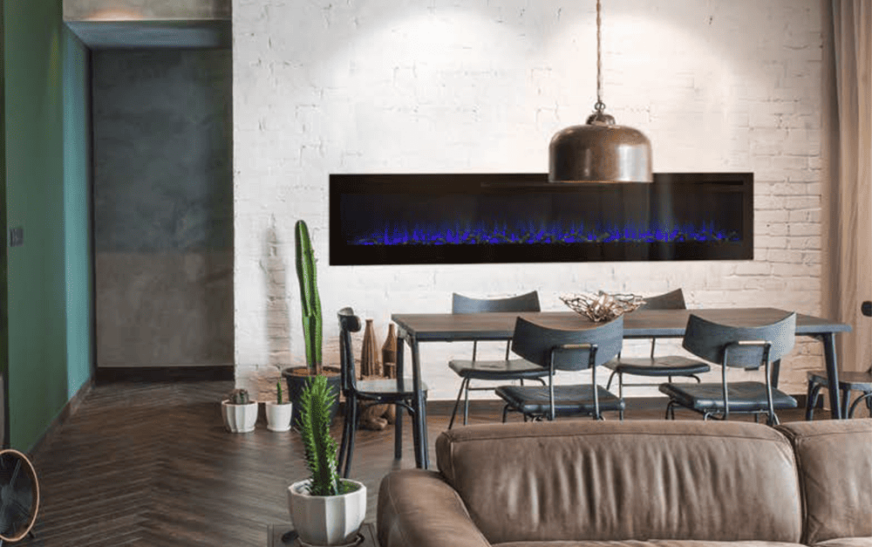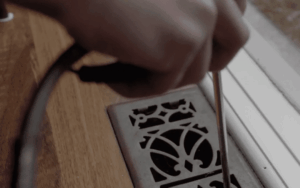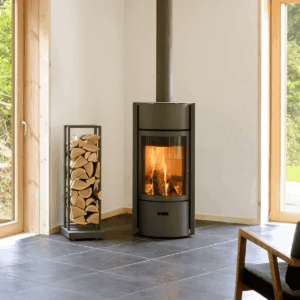When you picture a classroom, chances are you imagine four walls, desks, whiteboards and maybe a projector. But education is no longer confined to this traditional image. Increasingly, schools and colleges are turning to external classrooms—spaces outside the standard indoor setup—to enhance student learning, wellbeing and engagement.
So what exactly is an external classroom, and why is it becoming such a powerful part of modern education in Australia?
Defining External Classrooms
An external classroom is any learning environment that exists outside the conventional indoor classroom. This could be an outdoor learning area on school grounds, a nature trail used for environmental science, a workshop or kitchen where students learn life skills, or even a purpose-built off-campus facility designed to immerse students in hands-on experiences.
Unlike internal classrooms, which tend to focus heavily on theory and content delivery, external classrooms are built around interaction, exploration and real-world application. The goal is to break down the barriers between education and everyday life.

Different Forms of External Classrooms
External classrooms come in all shapes and sizes. They can be purpose-built facilities or informal settings that have been adapted for educational use. Some examples include:
- Outdoor bush spaces: Used for bush tucker lessons, ecology, or team-building exercises.
- Workshops and sheds: For hands-on learning in mechanics, carpentry or horticulture.
- Farms and gardens: Where students can engage with food production, sustainability, and animal care.
- Cafés and kitchens: Designed to teach hospitality, nutrition and customer service skills.
- Nature-based excursions: Fieldwork, hiking, and environmental studies.
- Wellbeing zones: Outdoor seating areas, quiet reflection spaces, and mindfulness gardens.
External Classrooms in Practice: A Holistic Approach
A growing number of educational providers across Australia are incorporating external learning into their day-to-day programs. Fairbridge College, for example, doesn’t see outdoor or hands-on learning as an “extra.” Instead, it’s woven into the fabric of how they teach.
In these settings, students might spend part of the day in a conventional classroom doing literacy and numeracy, followed by an afternoon in the garden, kitchen, or workshop applying what they’ve learned in practical ways. This dual approach—internal and external classrooms working side by side—creates a more rounded, engaging and meaningful educational experience.
The Role of Staff and Mentors
The success of external classrooms depends largely on the adults facilitating them. Teachers, mentors and support staff play a key role in guiding students through unfamiliar environments, modelling safe behaviour, and helping translate practical tasks into learning moments.
Importantly, external settings often create more opportunities for positive relationships between students and staff. There’s less formality, more collaboration, and a stronger sense of shared goals. Whether it’s working together to build a garden bed or prepping lunch in a student-run café, these shared experiences strengthen trust and connection.
Addressing the Misconceptions
There’s still a lingering belief in some circles that outdoor or hands-on learning is somehow less “academic” or less serious than classroom-based study. But that couldn’t be further from the truth.
External classrooms support and enhance academic learning. Cooking can reinforce maths and chemistry. Working in a garden teaches science and sustainability. Building something develops geometry and measurement skills. These environments also foster literacy through journals, signage, or task instructions.
When properly integrated into a broader educational framework, external learning isn’t a distraction—it’s a powerful complement to academic achievement.
Meeting Students Where They Are
Another key strength of external classrooms is their flexibility. They allow educators to meet students where they are—emotionally, socially and academically. For students who’ve disengaged from traditional learning, external classrooms can reignite curiosity and motivation.
This is especially important in alternative education settings, where students may be dealing with trauma, anxiety, or behavioural challenges. A quiet space in the garden might be the only place a student feels calm enough to reflect. A carpentry project might be the first thing that’s made them feel successful in months. These small wins add up and can completely change the trajectory of a student’s learning journey.

The Future of Learning
As education continues to evolve, the boundaries between internal and external classrooms will likely become more fluid. Schools and colleges that embrace this shift are finding new ways to reach students, keep them engaged, and equip them with a broader range of skills for the future.
Rather than relying solely on theory and instruction, modern educators are recognising the value of experience and connection. External classrooms allow students to interact with the world in meaningful ways—something no textbook can fully replicate.
Final Thoughts
External classrooms aren’t a trend—they’re a response to the changing needs of students. In Australia and beyond, they’re helping create more engaging, inclusive and relevant learning experiences.
Whether it’s a farmyard, a café, a bushland trail, or a simple outdoor table under a gum tree, these spaces are giving students a new way to connect with their education. And for many, that connection is exactly what they need to succeed.

